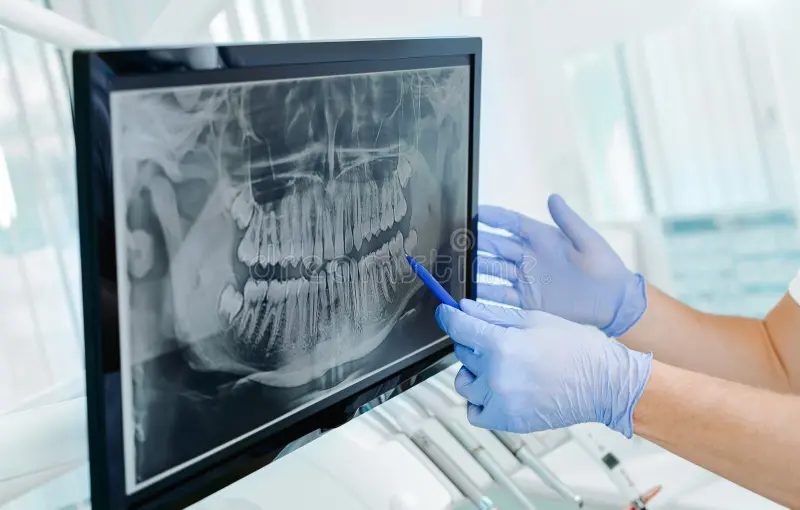Dental X-rays, also known as dental radiographs, are essential diagnostic tools used by dentists to assess oral health, diagnose dental problems, and plan appropriate treatment. These imaging techniques provide valuable insights into various aspects of oral anatomy and conditions that may not be visible during a routine dental examination. Understanding the information that can be obtained from dental X-rays is crucial for both dental professionals and patients alike.
Detecting Tooth Decay
One of the primary uses of dental X-rays is to detect tooth decay or cavities that may not be visible to the naked eye. X-rays can reveal decay between teeth, beneath fillings, or in areas that are not easily accessible during a visual examination. Early detection of tooth decay through X-rays allows for prompt treatment, preventing further damage to the tooth and preserving oral health.
Assessing Tooth and Jaw Alignment
Dental X-rays provide valuable information about the alignment of the teeth and jaws, helping dentists diagnose issues such as malocclusion, overcrowding, or misalignment. By assessing the positioning of the teeth and jaws, dentists can develop treatment plans to address orthodontic problems and improve overall dental function and aesthetics.
Evaluating Bone Health
X-rays can also assess the health and density of the jawbone, which is essential for various dental procedures, such as dental implants, extractions, or periodontal treatment. X-rays can detect bone loss caused by periodontal disease or other conditions, helping dentists determine the appropriate course of action to restore or maintain bone health.
Diagnosing Gum Disease
Dental X-rays play a crucial role in diagnosing gum disease, also known as periodontal disease. X-rays can reveal signs of bone loss, gum recession, and other indicators of periodontal infection that may not be visible during a clinical examination. Early detection of gum disease through X-rays allows for timely intervention and treatment to prevent further progression of the disease.
Identifying Oral Pathologies
X-rays can detect various oral pathologies, such as cysts, tumors, or infections, that may be present in the jawbone or surrounding tissues. These abnormalities may not cause symptoms initially but can lead to serious dental or health problems if left untreated. By identifying oral pathologies early through X-rays, dentists can recommend appropriate treatment and prevent potential complications.
Planning Dental Procedures
Dental X-rays in Coweta OK are essential for planning various dental procedures, including extractions, root canals, dental implants, and orthodontic treatment. X-rays provide detailed images of the teeth, roots, and surrounding structures, allowing dentists to evaluate the complexity of the case, anticipate potential challenges, and develop a comprehensive treatment plan tailored to the patient’s needs.
Conclusion
Dental X-rays are invaluable tools in dentistry, providing essential information for diagnosing dental problems, assessing oral health, and planning appropriate treatment. From detecting tooth decay and assessing bone health to diagnosing gum disease and identifying oral pathologies, X-rays play a crucial role in maintaining oral health and preserving dental function and aesthetics.

